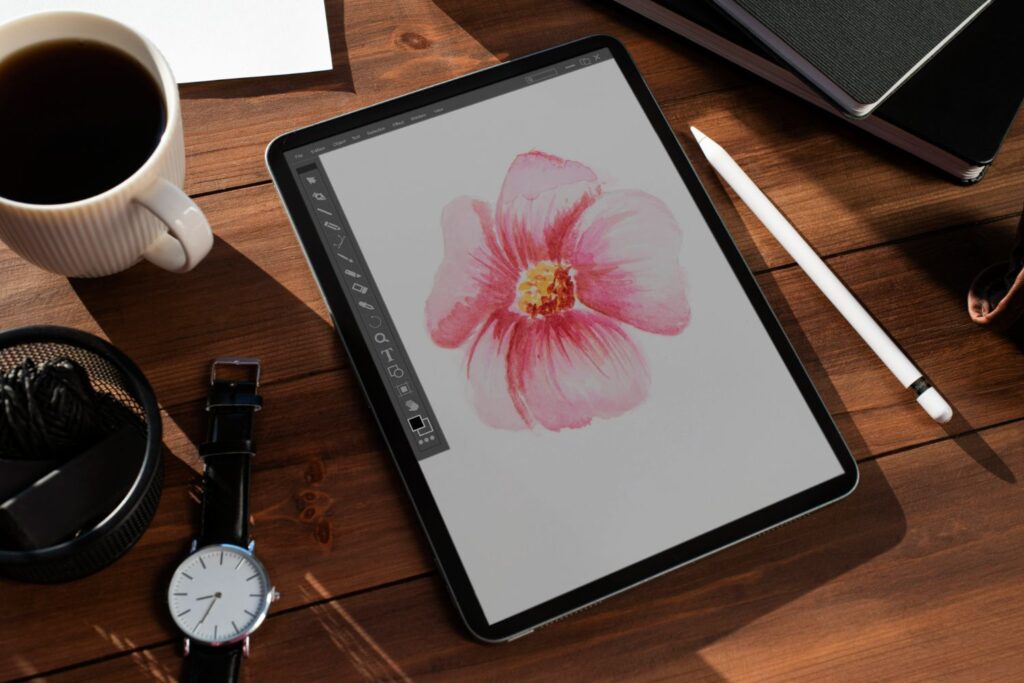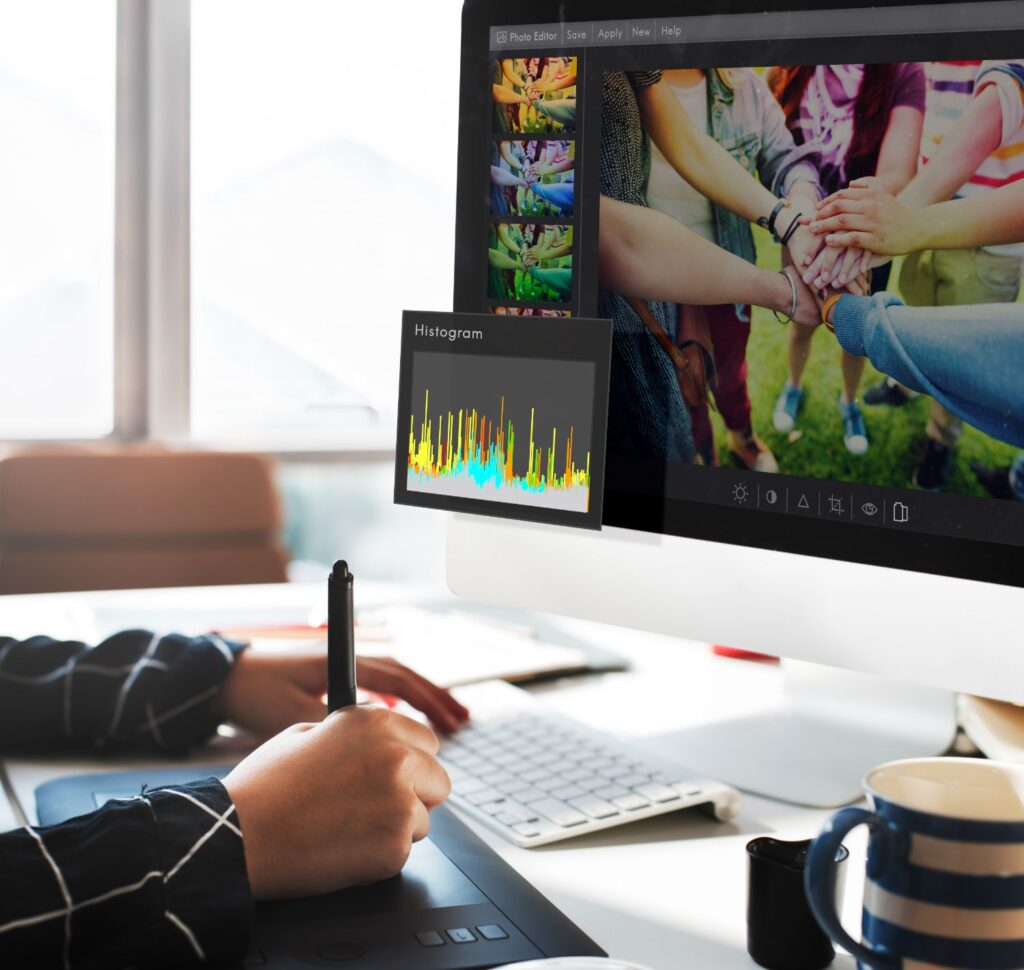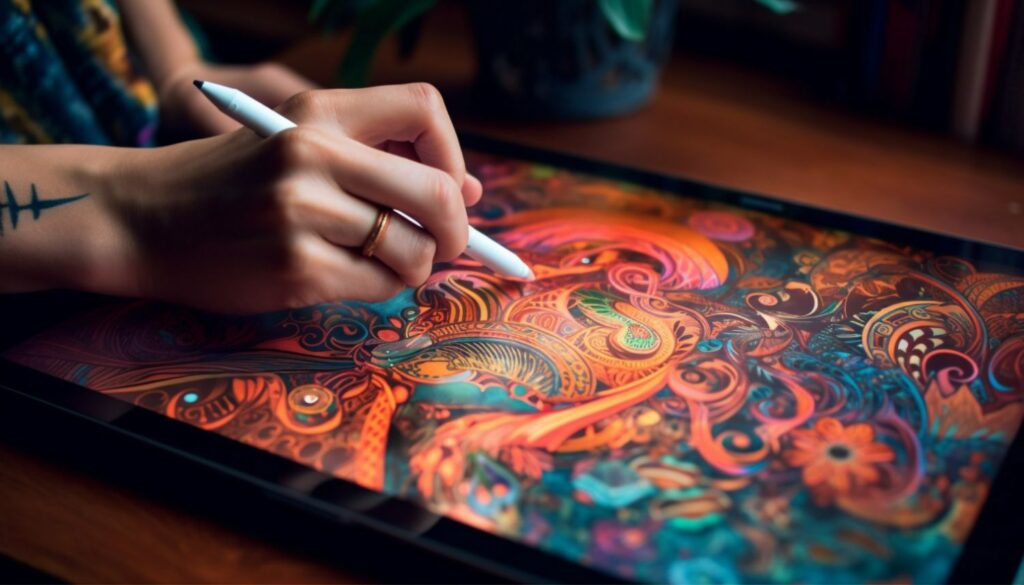Best Procreate Format for Instagram: An In-Depth Comparison
Intro: The rise of digital art and social media sharing has revolutionized the way we create and showcase our work. As artists, we need to ensure the best format to display our creations on platforms like Instagram. This guide will dive deep into the best Procreate format for Instagram by comparing different options and approaches. Let’s create striking visuals on Instagram that ensure our art gets the attention it deserves!
Understanding Procreate and Instagram Formats: The Basics
Before we dive into the best Procreate format for Instagram, it’s essential to understand what Procreate is and how Instagram’s various formats work. Procreate is a highly popular drawing app for iOS devices, allowing both amateur and professional artists to create stunning digital masterpieces. Instagram, a social media platform, is a natural next step for sharing these unique creations with a wider audience.
Procreate File Formats
In Procreate, you can export your artwork in various file formats, including:
– .procreate (the app’s native file format)
– .psd (Adobe Photoshop format)
– .pdf (Portable Document Format)
– .jpg (Joint Photographic Experts Group)
– .png (Portable Network Graphics)
– .tiff (Tagged Image File Format)
Instagram Image Formats
When sharing your artwork on Instagram, you have three primary options in terms of image format and dimensions:
– Square (1080 x 1080 pixels)
– Portrait (1080 x 1350 pixels)
– Landscape (1080 x 608 pixels)
Instagram supports .jpg and .png files, with .jpg offering a smaller file size but slightly reduced quality due to compression.
Finding the Best Procreate Format for Instagram: Comparison of Different Options
Option 1: Exporting as .jpg
As mentioned earlier, .jpg files offer a smaller file size and faster loading, making them suitable for sharing on Instagram. Using this format is beneficial when you want to share your artwork quickly and cater to users with slow internet connections. However, .jpg files are limited to 8-bit colors, and the compression can lead to a loss of image quality.
Option 2: Exporting as .png
.png files, on the other hand, offer higher quality and 24-bit colors. This format is lossless, ensuring your artwork’s integrity and detail are preserved. The downside to .png files is that they have a larger file size, making them slower to load on Instagram.
Option 3: Optimizing the Canvas Size
While exporting your artwork, it’s essential to choose the correct canvas size within Procreate. This decision impacts the final image’s quality and compatibility with Instagram’s supported formats. It’s best to create your artwork on a canvas that matches the desired Instagram format—square, portrait, or landscape—ensuring your image displays at the highest quality possible.
Pro Tips for Choosing the Best Procreate Format and Settings
TIP 1: Master the Art of Cropping
By masterfully cropping your artwork to fit one of Instagram’s supported image formats (square, portrait, or landscape), you can deliver an eye-catching and stylish composition. You may need to resize or adjust your Procreate canvas dimensions to achieve the desired effect.
TIP 2: Increase DPI to Improve Image Quality
When exporting your Procreate artwork, consider increasing the DPI (dots per inch) settings. A higher DPI leads to a crisper, more detailed image. Although Instagram compresses images, a higher DPI will maintain better quality, ensuring your visuals look stunning when viewers zoom in or view your work on larger screens.
TIP 3: Preview Your Artwork on Different Devices
Before finally sharing your work on Instagram, review your exported file on multiple devices, such as desktop computers, tablets, and smartphones. Doing so will ensure your artwork appears consistent and well-displayed across numerous devices and screen resolutions.
Conclusion
In conclusion, the best Procreate format for Instagram largely depends on your priorities as an artist. If image quality and color preservation are your top concerns, exporting your artwork as a .png file is the recommended option. However, if you consider the speed of loading and reduced file size, a .jpg format may be your best choice. Ensuring your Procreate canvas size matches your desired Instagram format (square, portrait, or landscape) will also significantly impact your visual presentation.
Don’t forget to explore different cropping techniques, increase your DPI for better quality, and preview your artwork on various devices before posting. By following these steps and comparing your options, your artwork will undoubtedly captivate your Instagram audience and showcase your talents in the best possible light.
FAQs
1. Does Instagram support .psd files?
No, Instagram does not support .psd files. You’ll need to convert your Procreate artwork into a supported format, such as .jpg or .png, before sharing on Instagram.
2. Can I use Procreate on Android devices or Windows computers?
Procreate is currently only available for iOS devices, such as iPad. If you’re looking for a similar drawing app that works on Android or Windows devices, consider options like Autodesk SketchBook or Adobe Fresco.
3. What DPI should I use when exporting my Procreate artwork?
While exporting from Procreate, consider setting your artwork’s DPI to 300 for optimal quality. This relatively high DPI ensures the best results on larger screens and when viewers zoom in on your work.
4. Can I change the canvas size in Procreate?
Yes, you can change the canvas size in Procreate by going to the “Actions” menu (wrench icon), then selecting “Canvas” > “Crop and Resize.” Be mindful of the aspect ratio when adjusting the dimensions for your Instagram post.
5. How can I preview my Procreate artwork on different devices before posting on Instagram?
After exporting your Procreate artwork in your chosen format, send the file to your smartphone, tablet, and desktop computer to preview how it appears on different screens. Doing so helps ensure your artwork displays well across various devices and resolutions.




